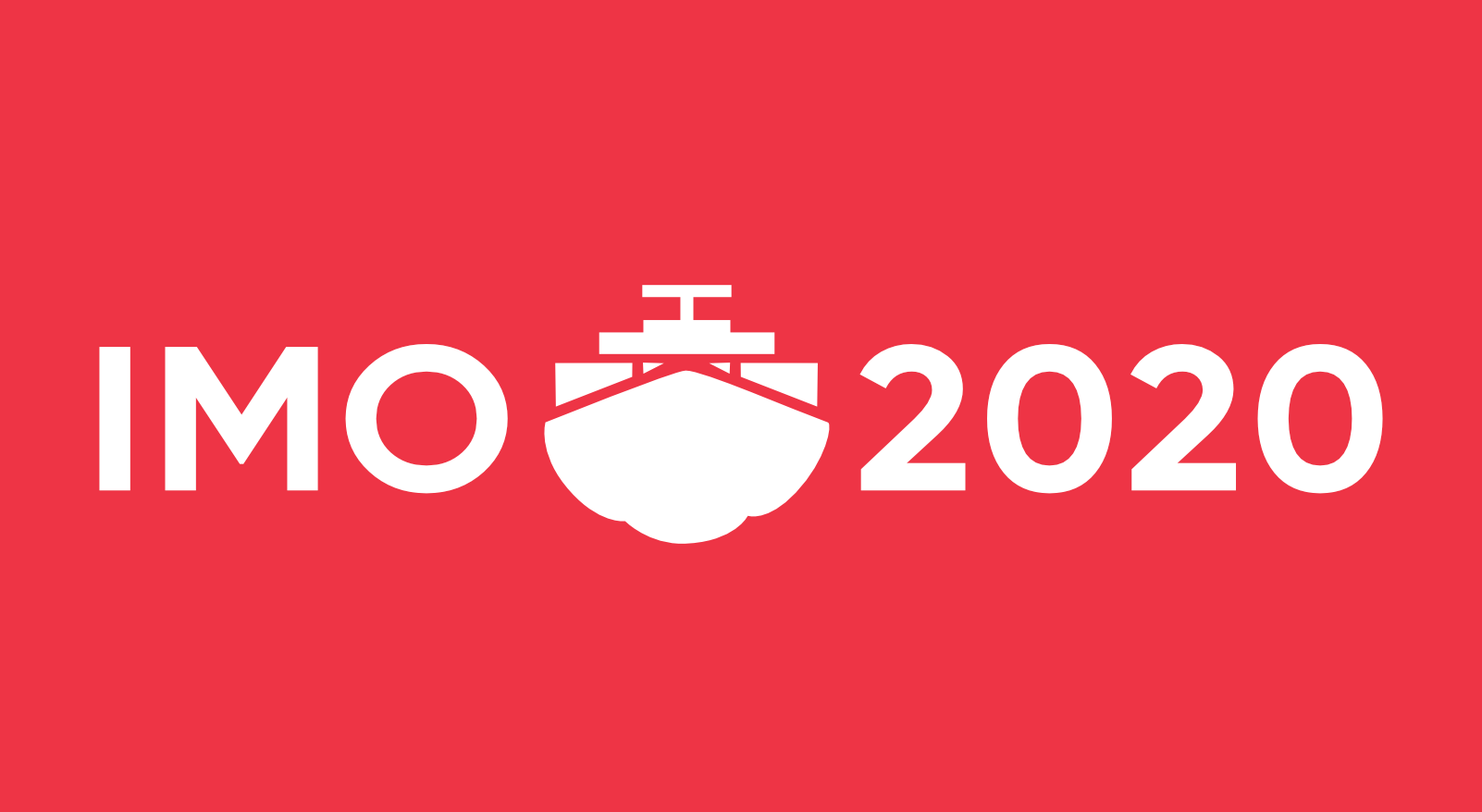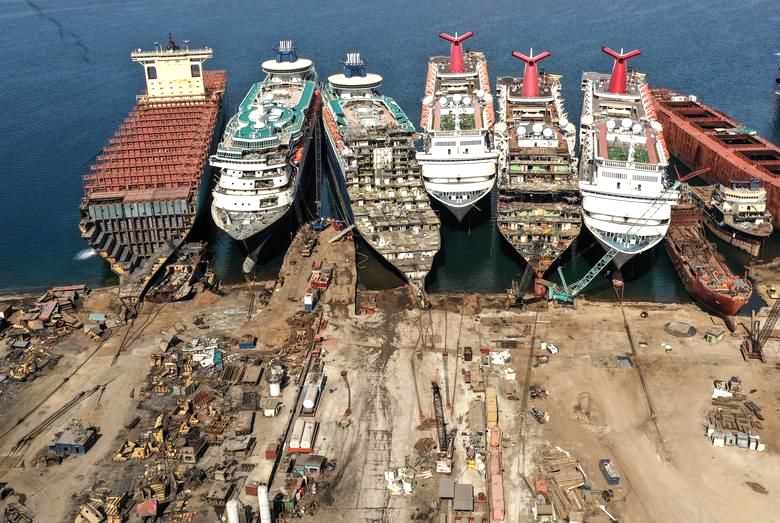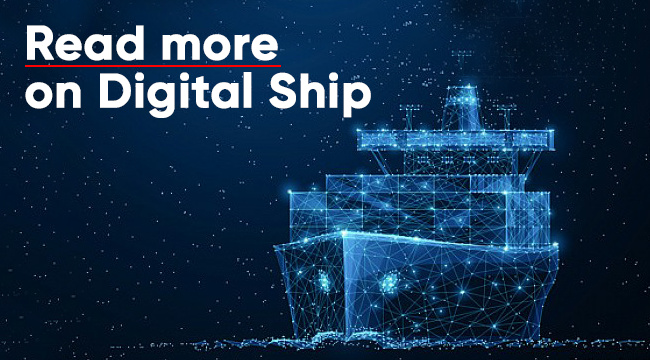COVID-19

No doubts we will start with COVID-19 and the pandemic. Maritime was among the first industries which were alerted about potential negative impacts from the disease. BIMCO stated that pandemic “could include the quarantine of a vessel and crew in an area where the disease is prevalent as well as the imposition of travel restrictions as a precaution against the disease spreading further”. And obviously no one takes this seriously.
Looking back, there was neither a single person nor business, who has not struggled from pandemic. It can be blamed for most events, appeared in this article.
IMO regulations

This is one of the few stories that has nothing to do with COVID-19 and pandemic. The previous year started with monumental changes in modern shipping history with new IMO regulations limiting the amount of sulphur used in vessels' fuel became operative. The regulations limit the maximum sulphur content in marine fuels to 0.5%, down from 3.5% previously, and are meant to reduce harmful air pollution from ships. This regulation forced shipowners and shipbuilders to comply by either using low sulphur fuel, installing and using different software and hardware solutions, or transitioning to an alternative fuel that otherwise meets the emissions criteria, such as LNG.
While many worried that IMO regulations would cause supply disruptions, higher fuel prices, or even fuel-related engine problems, the fuel switch came and went smoothly.
Cruise Shipping in Crisis

And we are back to COVID-19 related news. The cruise shipping industry reported back in 2019 that some 32 million passengers were expected to sail in 2020 on the 278 ocean cruise ships in operation, including the 19 new ships that were scheduled to debut. But everyone knows what happened in March.
In the early days of the pandemic, cruise ships became a hot spot for the transmission of COVID-19, leaving passengers and crew in limbo as cruise lines and authorities struggled to deal with outbreaks on board ships. By the end of March, most cruises around the world had been suspended, resulting in huge losses for cruise lines that continue to struggle for survival (and capital) as the industry awaits the lifting of the suspensions and, perhaps more importantly, widespread vaccinations.
In the United States, home to the global CLIA, it is estimated that since the start of the pandemic to the present, the suspension of cruises has resulted in the loss of more than $ 25 billion in economic activity and more than 164,000 jobs in the United States. Some cruise ships have even been dispatched to instruments, which was unthinkable a year ago.
Crew Change Crisis

It is estimated that about 400,000 seafarers are stuck at sea on board ships working outside an employment contract due to government travel restrictions related to the COVID-19 pandemic. About the same number were stuck on the shore, unable to travel due to restrictions and deprived of the opportunity to earn a living.
As the crisis continues to drag on, the UN International Maritime Organization is lobbying governments to grant seafarers “key worker” status that will free them from travel restrictions, allow them to repatriate when a hitch ends, and ensure access to medical services, including vaccinations. As of 18 December, 46 IMO Member States and one Associate Member have designated seafarers as key personnel, but the humanitarian crisis at sea continues to drag on.
Shipping’s Greenhouse Gas Emissions

The International Maritime Organization aims to reduce greenhouse gas emissions from ships by at least 50% by 2050 compared to 2008 levels, but how exactly it intends to achieve this is still under development. The industry will not only require serious research and development on new carbon-free fuels, but it also needs to be represented in a clear regulatory way by the IMO.
A big step in this direction was taken in November, when the IMO Marine Environment Protection Committee (MEPC75) met to approve new measures to reduce carbon emissions from existing ships, among other things, before finalizing the strategy by 2023. During the virtual meeting, IMO spent a lot of time considering an industry-backed $ 5 billion proposal to accelerate research and development on decarbonization in shipping, funded by a $ 2 per tonne marine fuel surcharge collected through the established International Marine Research Fund. (IMRF). Whether or not this proposal will be valid remains to be determined, but I'm sure we'll hear more about it next year.
With shipping carbon emissions currently estimated at nearly 3% of global CO2 emissions, the pressure remains.
Read more about Reducing greenhouse gas emissions: decarbonization and sustainable energy in maritime.
Tanker Stocks’ Robinhood Moment

We're not talking about stealing from the rich to give them to the poor here, unless you mean the risk-neutral Robinhood traders who have taken over the stock market this year because stones are only going up. The oil tanker sector had its moment in the early stages of the pandemic, when falling oil prices due to falling demand and a price war between Russia and Saudi Arabia opened up a historic oil contango opportunity that promised large increases in tanker stocks due to the growing demand for floating storage. The main catalyst was that Mad Money's Jim Kramer asked Barstool Sports's Dave Portnoy to evaluate the purchase of Scandinavian American tankers (NYSE: NAT), which led to huge numbers of Portnoy's followers and others throwing money into the sector despite what they hardly knew about him. things like Net Asset Value.
But the tanker batch did not last long. By early April, Cleaves' Joachim Hannisdahl downgraded the sector to HOLD following the OPEC + agreement, and a month later downgraded to SELL further as oil contango collapsed as oil prices surged, angered tanker bulls on Twitter.
It turns out that Joachim was right. Looking back (always useful when trading stocks, laughs), investors would be better off looking at container shipping stocks, which have skyrocketed since September, when the world restocks depleted stocks and empty containers move back to Asia for restocking and shipping.
COVID Restocking
Container shipping was hit quickly by the pandemic as the global economy went into hibernation due to factory closures in China and weak demand due to restrictions in key markets such as Europe and the United States. on one of the biggest memory problems. But by the summer, things were slowly but surely starting to improve, starting with PPE shipments and then restocking as retailers anticipated a busy holiday shopping season. Global restocking has only been ongoing since August.
Pacific transit trade has hit the epicenter of a cargo boom as US imports skyrocketed to record highs, clogging ports and creating trade imbalances that have led to container shortages in Asia. In the meantime, empty containers are being sent back overseas at a record speed, so they can be refilled and sent back as soon as possible. The surge in restocking has benefited from liner shipping companies, whose share prices have surged since September. Now the question is, how long will the restocking boom last?
Stellar Banner

This high-profile story began in late February, when the very large ore carrier Stellar Banner, one of the largest bulk carriers in the world, ran aground as it left Brazil with a cargo of approximately 270,000 tons of iron ore bound for China.
From the very beginning, it was pretty clear that it was impossible to save the ship, so the rescuers removed the fuel and some of the cargo from the ship, and then removed and flooded the ship in a spectacular operation, which was filmed on camera in June.
Read more on Digital Ship.












